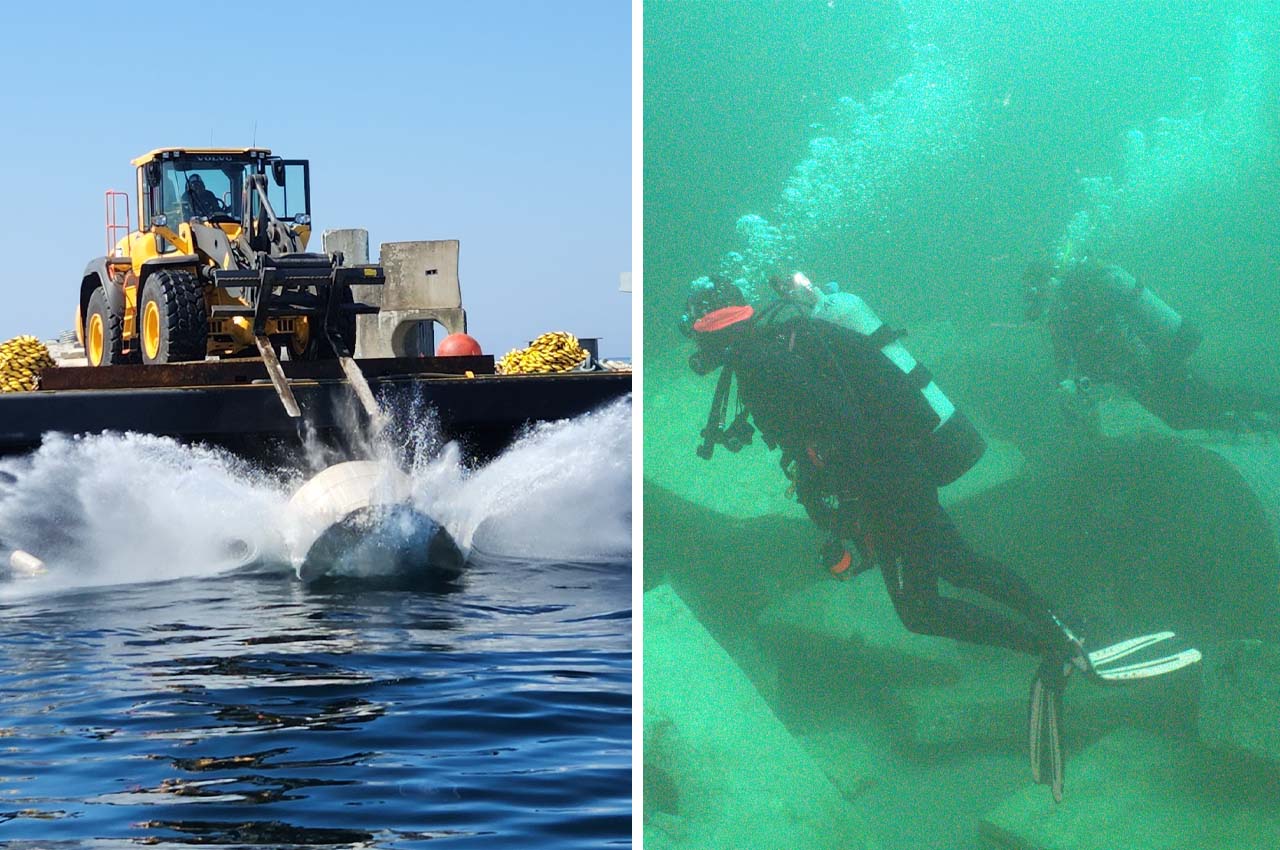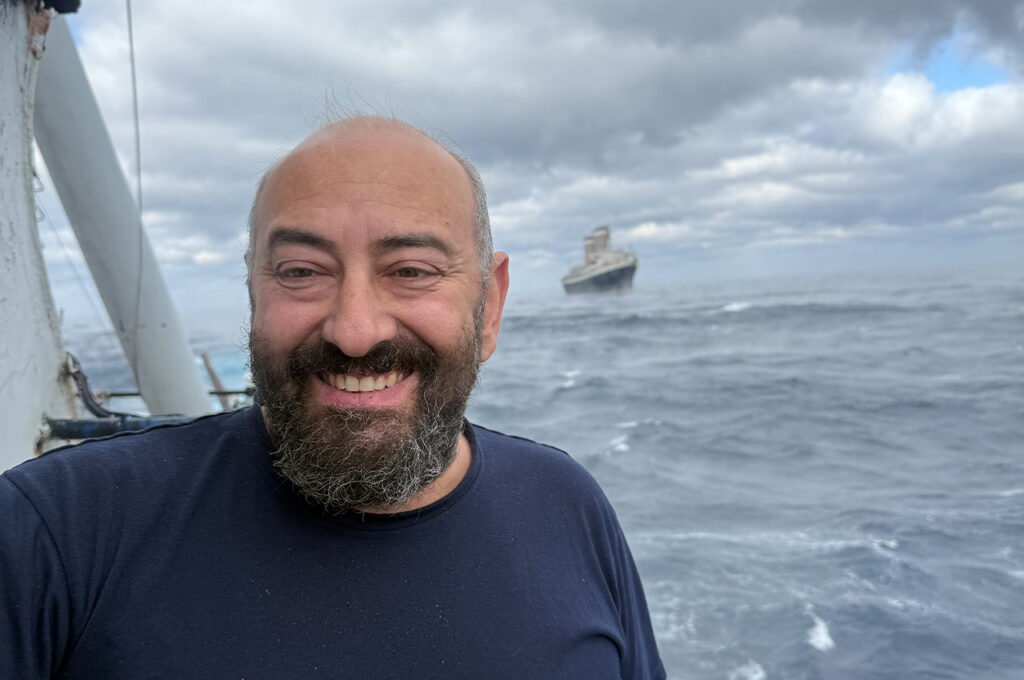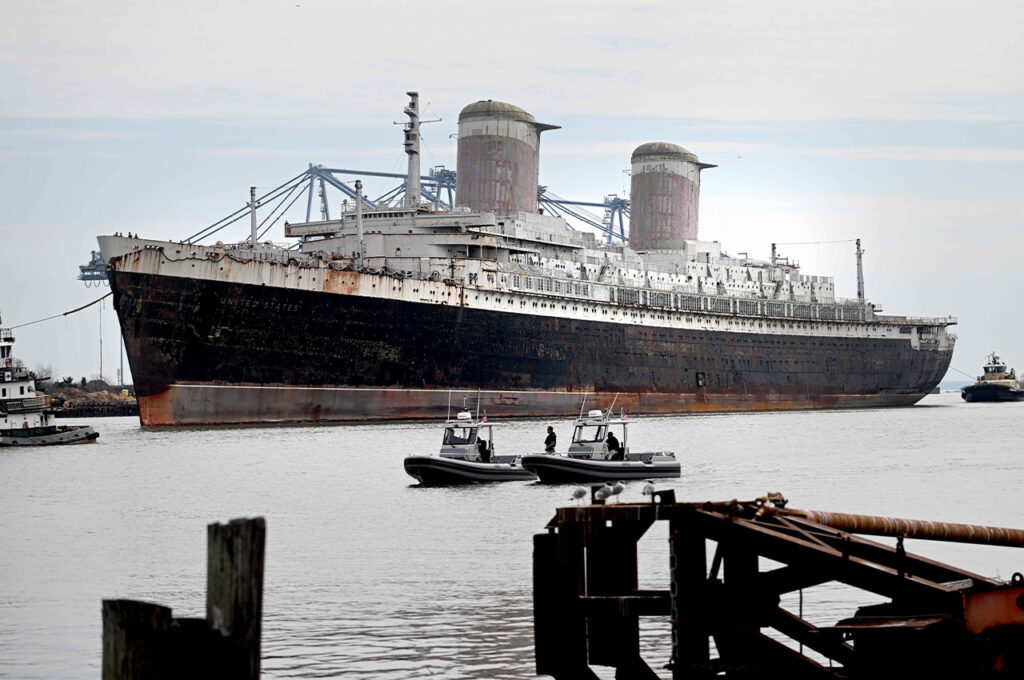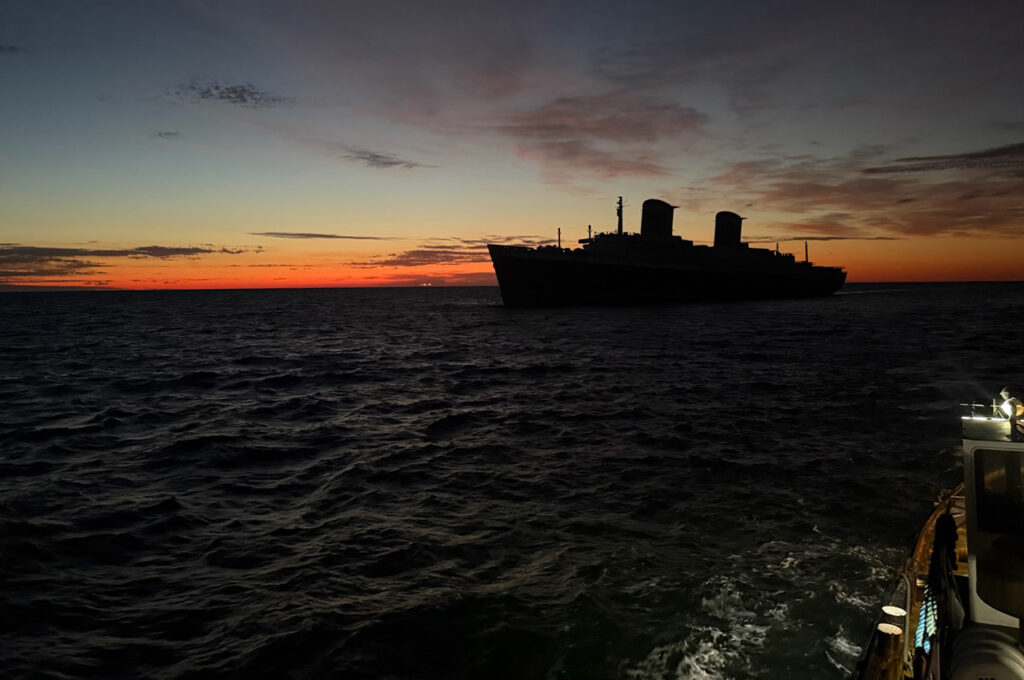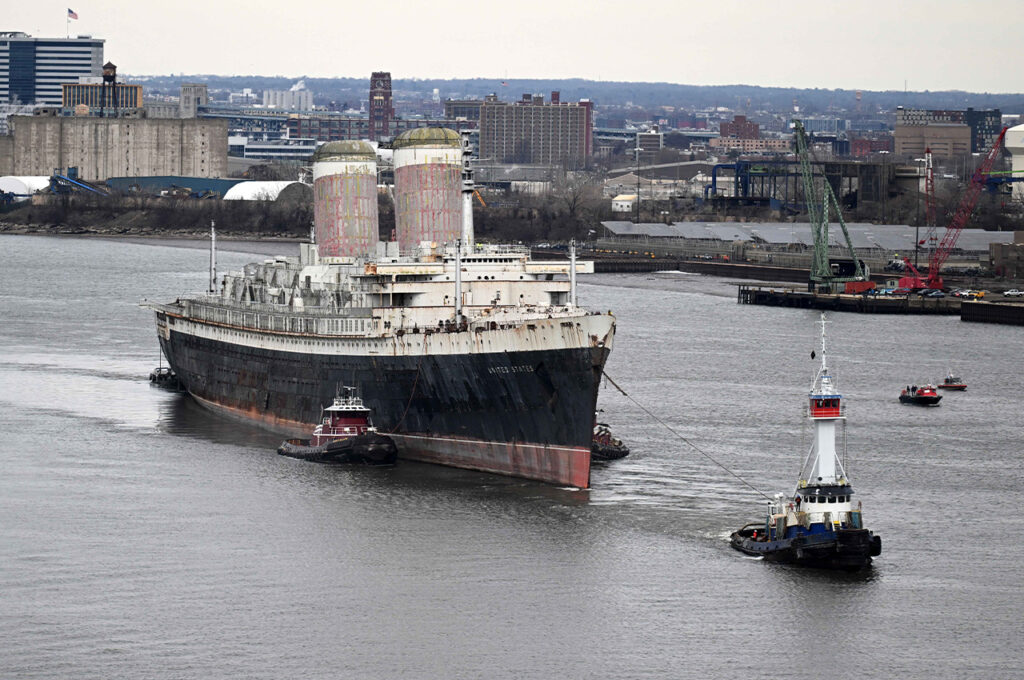On Thursday, September 22, 2022, Okaloosa County’s Coastal Resource Team deployed nearly 500,000-pounds of donated material as a new artificial reef off Destin-Fort Walton Beach coast.
- On Monday, they deployed additional material that brought the final total to over 1 million pounds of concrete deployed over the two day period.
- The secondary-use material came from Eglin Air Force Base, Destin Water Users Pumas Reef Building, Dr John Chomer and Mr. Kirk Young.
“Eglin is constantly testing new weapons and when those targets have exceeded their lifespan, they donate them to us as they make great artificial reef material,” said Alex Fogg, Okaloosa’s Coastal Resource Manager, in an interview back in June. “We’re talking 6,000 to 20,000 pounds in some cases. They don’t move around and provide a great base for a lot of the other material that we have here.”
The material was donated about a year-and-a-half ago, and Fogg has been collecting additional material to justify filling up a barge for a deployment.
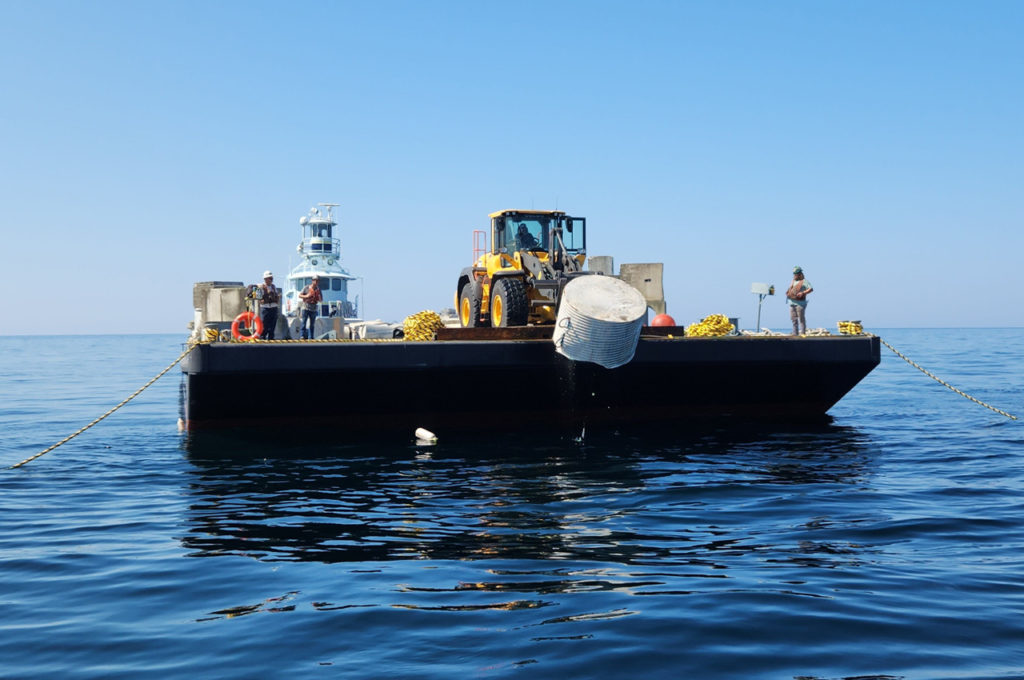
Back in 2015, Okaloosa deployed the first artificial reef using this sort of material. They did it again in 2017. This is the third project that the Coastal Resource Team is doing to create a 5th artificial reef.
- The first four reefs that were created with the secondary-use material were all deployed in state water, so within 9 miles, in about 60-80 feet of water.
- This latest deployment put the material in about 110 feet of water, about 17 miles from the Destin pass within the Okaloosa County Large Area Artificial Reef Site (LAARS) C permitted area. The site has 20-feet of relief.
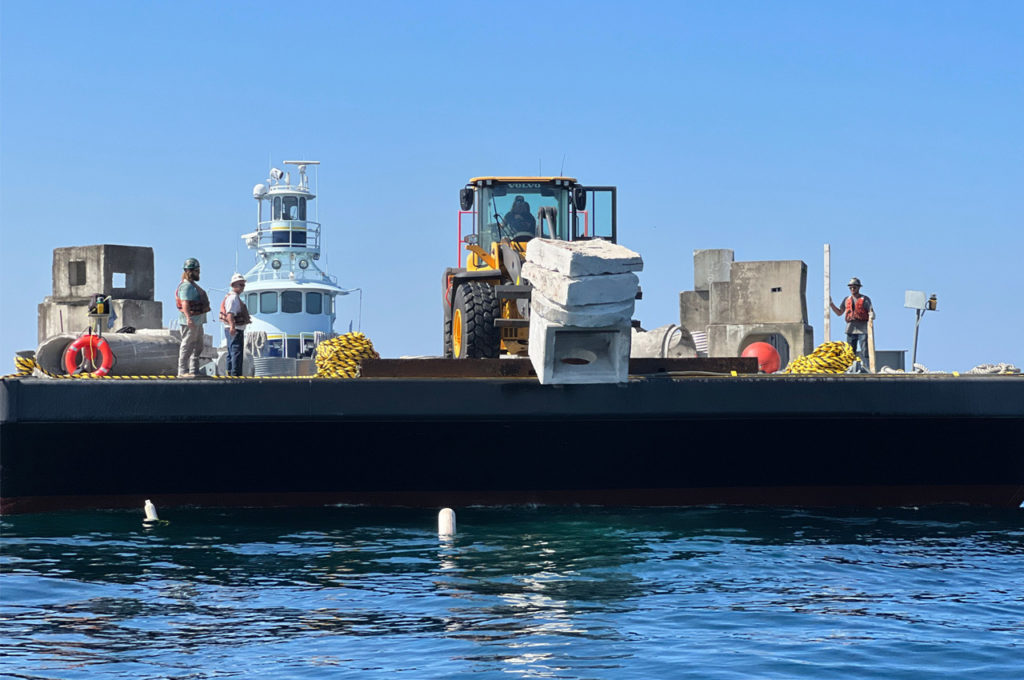
Destin-Fort Walton Beach doesn’t have a lot of rubble sites in Federal waters like they do in state waters. This new reef site will provide additional diversity for fishing and diving.
“With these secondary-use piles that we make out there, you really don’t know what it will exactly look like until you start deploying it,” he said. “You just keep putting the material on top of each other to create a whole bunch of nooks-and-crannies for fish to hide. It’s an awesome place to go fishing and diving.”
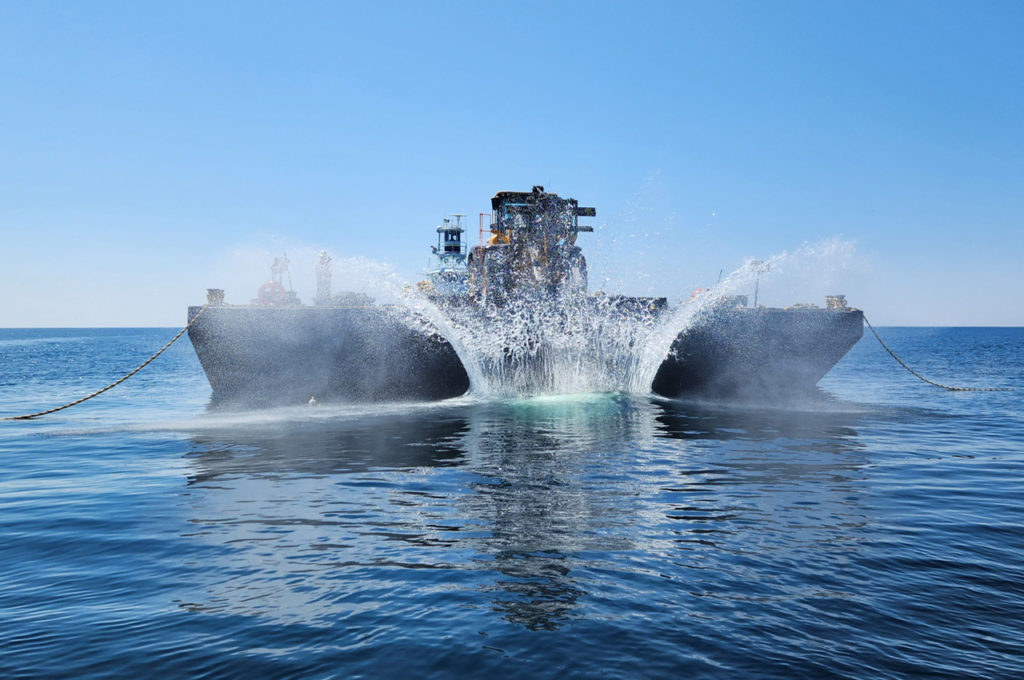
The sites that have been created in years past are performing extremely well and are some of the more popular sites, according to Fogg.
“We have a half-dozen sites that are similar to the site that we’re creating today,” said Fogg in a video interview. “Some of them are in state waters really close to shore, and some are out here, even a mile from where we are today.”
Fogg says the popularity for fishermen and divers is because these sites are generally a lot larger, and species such as Goliath groupers, red snapper and gag grouper can be found hanging out there.
“If you’re a diver, every time you dive these sites, there is generally something new that you’ll see,” he added. “It won’t take very long for fish to find this site and start to hang out.”
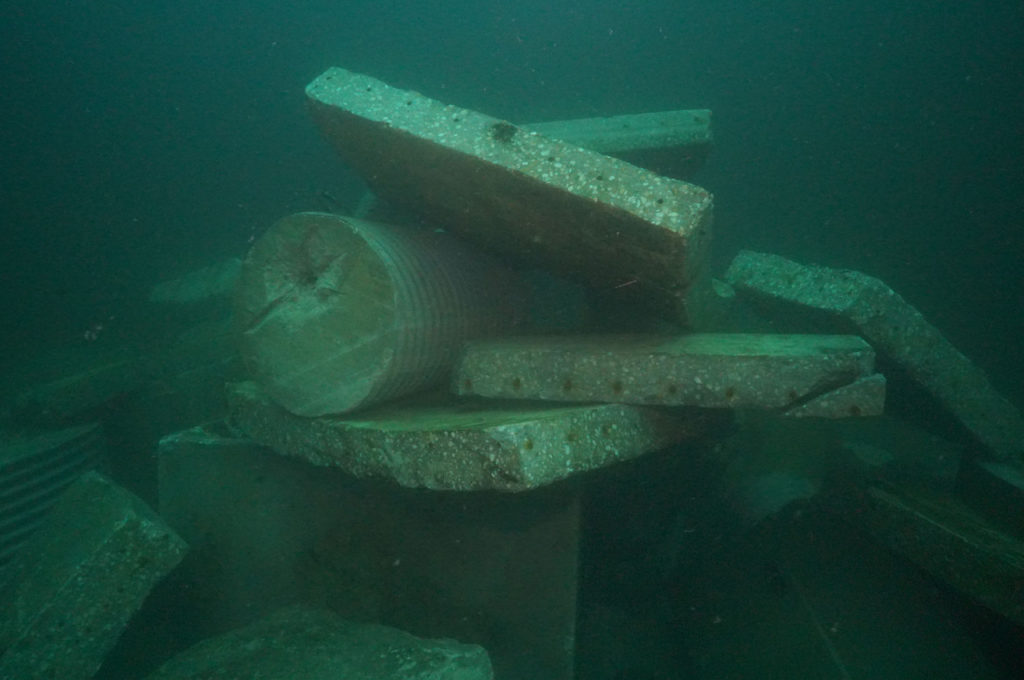
One of the benefits of using secondary-use concrete is that it is really just concrete. There’s no cleaning that needs to be done. In the case of the targets from Eglin Air Force Base, all of the harmful things have been removed to where it is only concrete and metal.
“It’s a great opportunity for people to be able to get rid of some of this material that may have just been sitting on their land, but would make a really good reef offshore,” Fogg told Get The Coast in June.
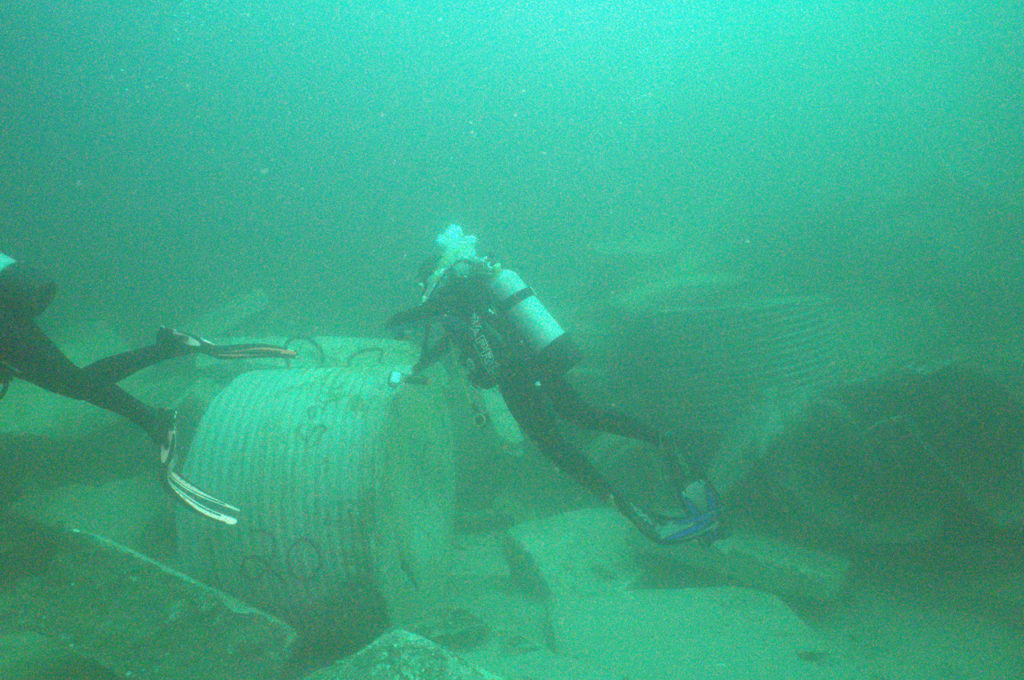
The coordinates for the site are 30° 08.494’N, 86° 33.928’W.

